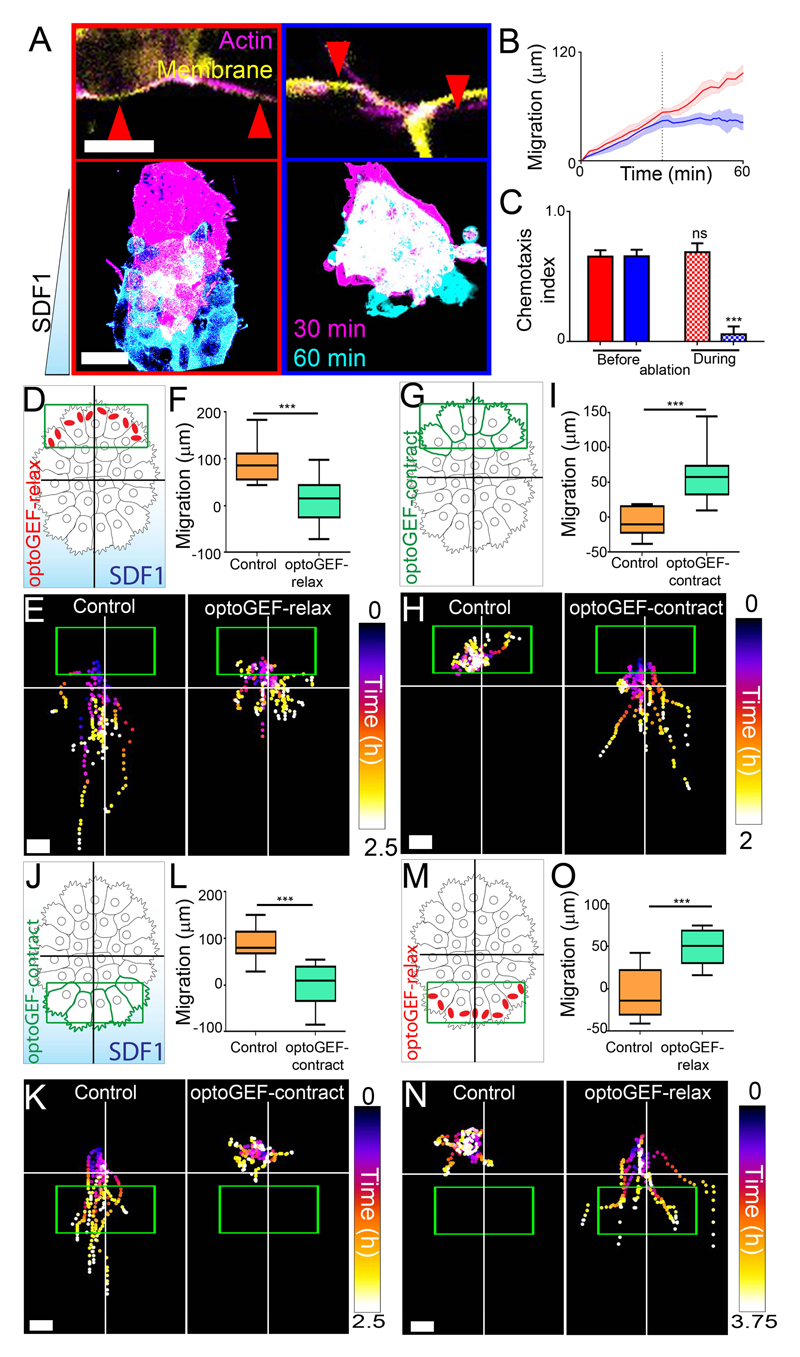Fig. 2. Rear contractility is necessary and sufficient for collective chemotaxis of Xenopus neural crest.
(A) Above, examples of two neighboring cells with ablations (red arrowheads). Scale bar, 10 μm. Below, images of explants exposed to SDF1 gradients during ablations between the indicated times. For A to C, red: front actomyosin cable ablation; blue: rear actomyosin cable ablation. Scale bar, 50 μm. (B) Position of the front of explants during chemotaxis (means ± SEM); dashed line indicates when ablations begin. n = 6-8 clusters. (C) Chemotaxis index (means ± SEM) of clusters. n = 6-8 clusters. ***P ≤ 0.001 (two-tailed Student’s t-test); ns, not significant. (D to O) Experimental setup for treated explants (D, G, J and M), representative cluster tracks (E, H, K and N) and the distance migrated (means ± SEM) over times as indicated in Methods (F, I, L and O). n = 10-23 clusters (F), n = 10-11 clusters (I), n = 14-18 clusters (L), n = 11-12 clusters (O). ***P ≤ 0.001 (two-tailed Student’s t-test). Scale bar, 40 μm (E and K); 20 μm (H and N). Green box: initial illumination area; cross: initial cluster position. Top of all pictures is the rear.

